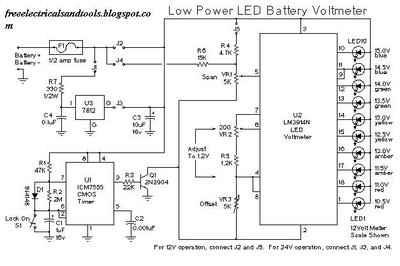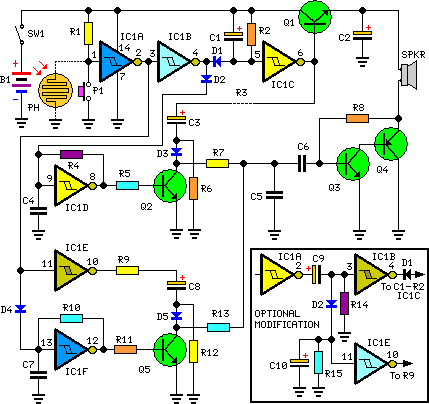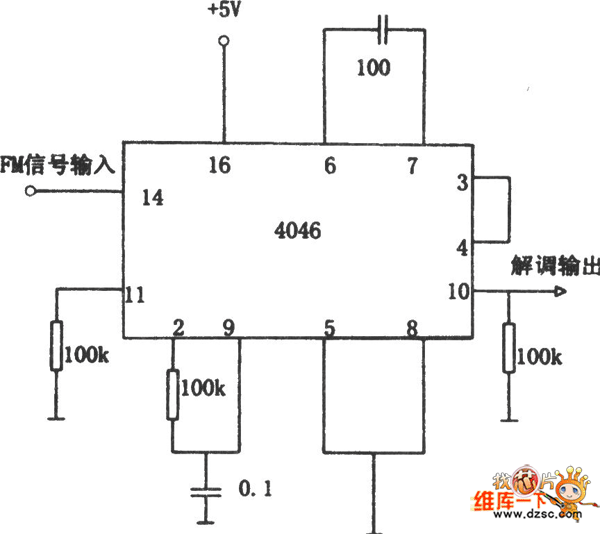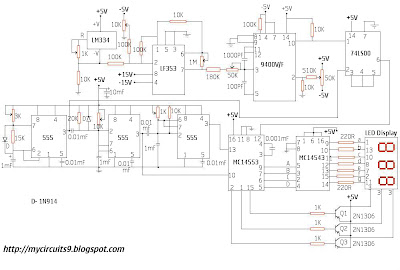
save your ears a noise meter circuit

Do you have disco ears? If people ask you this and you are still well below 80, you may be experiencing hearing loss, which can result from prolonged exposure to loud music. The severity of the issue may not be apparent until it is too late, at which point the ability to enjoy music as intended may be compromised, rendering an expensive sound system a poor investment. To prevent such outcomes, consider using the i-trixx sound meter to protect your hearing and that of your neighbors.
The i-trixx sound meter is a valuable tool designed to monitor sound levels in various environments, particularly in settings where loud music is played. This device measures sound intensity in decibels (dB) and provides real-time feedback to users, enabling them to make informed decisions about volume levels.
The schematic of the i-trixx sound meter typically includes a microphone for sound capture, an analog-to-digital converter (ADC) for processing the audio signal, and a microcontroller to interpret the data and display the results. The microphone converts sound waves into electrical signals, which are then digitized by the ADC. The microcontroller processes this digital signal to calculate the sound level in dB, and the results are presented on an LCD screen or through LED indicators.
Power supply components are also essential in the design, ensuring that the device operates reliably over extended periods. Battery management circuits may be included to optimize battery life and provide a charge status indicator.
Additional features may include a peak hold function to record the highest sound level reached, a backlit display for visibility in low-light conditions, and connectivity options for data logging or integration with smartphones. These enhancements make the i-trixx sound meter not only a protective measure for hearing health but also a versatile tool for audio professionals and enthusiasts alike.Do you have disco ears? If people ask you this and you re still well below 80 , you may be suffering from hearing loss, which can come from (prolonged) listening to very loud music. You won t notice how bad it is until it s too late, and after that you won t be able to hear your favorite music the way it really is so an expensive sound system is no longer a sound investment.
To avoid all this, use the i-trixx sound meter to save your ears (and your neighbor`s ears!).. 🔗 External reference
The i-trixx sound meter is a valuable tool designed to monitor sound levels in various environments, particularly in settings where loud music is played. This device measures sound intensity in decibels (dB) and provides real-time feedback to users, enabling them to make informed decisions about volume levels.
The schematic of the i-trixx sound meter typically includes a microphone for sound capture, an analog-to-digital converter (ADC) for processing the audio signal, and a microcontroller to interpret the data and display the results. The microphone converts sound waves into electrical signals, which are then digitized by the ADC. The microcontroller processes this digital signal to calculate the sound level in dB, and the results are presented on an LCD screen or through LED indicators.
Power supply components are also essential in the design, ensuring that the device operates reliably over extended periods. Battery management circuits may be included to optimize battery life and provide a charge status indicator.
Additional features may include a peak hold function to record the highest sound level reached, a backlit display for visibility in low-light conditions, and connectivity options for data logging or integration with smartphones. These enhancements make the i-trixx sound meter not only a protective measure for hearing health but also a versatile tool for audio professionals and enthusiasts alike.Do you have disco ears? If people ask you this and you re still well below 80 , you may be suffering from hearing loss, which can come from (prolonged) listening to very loud music. You won t notice how bad it is until it s too late, and after that you won t be able to hear your favorite music the way it really is so an expensive sound system is no longer a sound investment.
To avoid all this, use the i-trixx sound meter to save your ears (and your neighbor`s ears!).. 🔗 External reference





